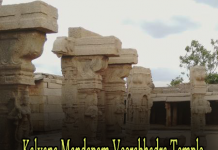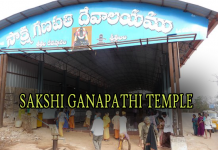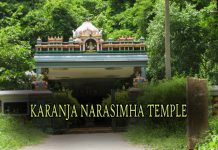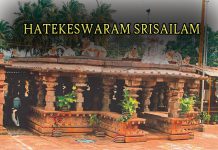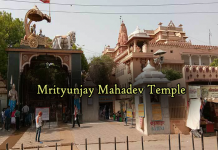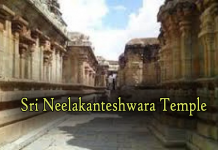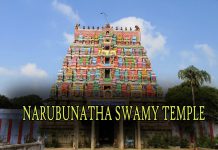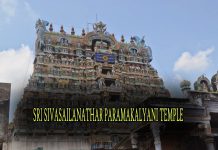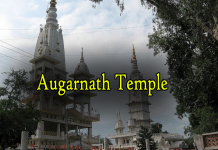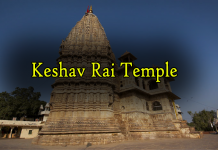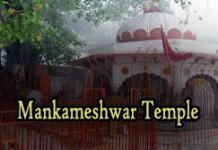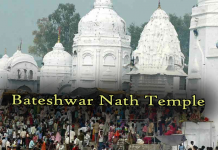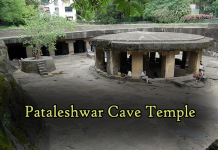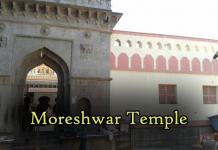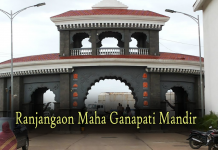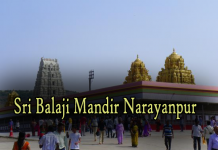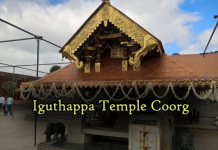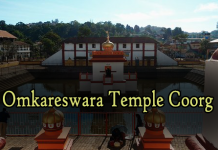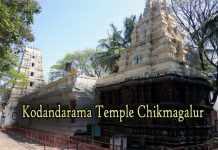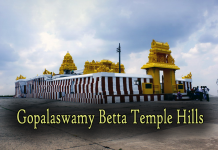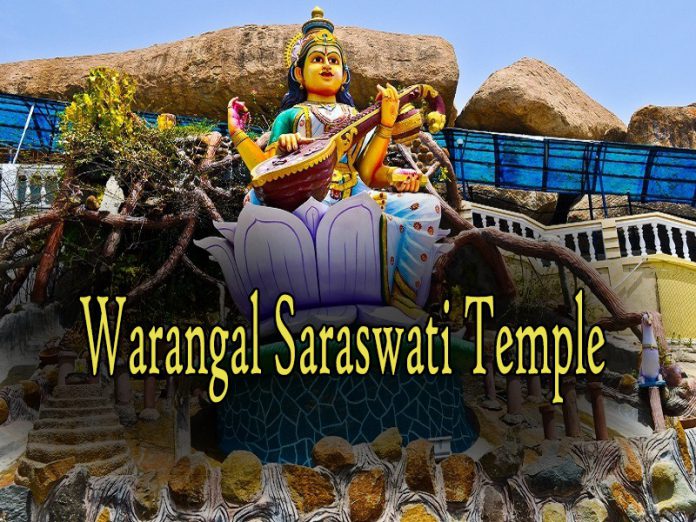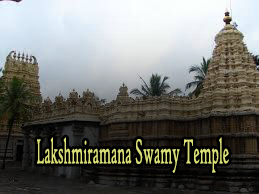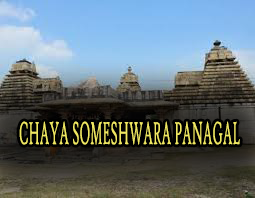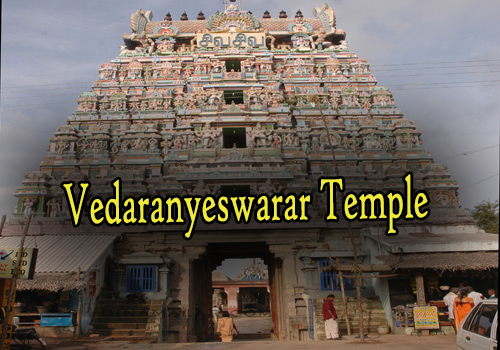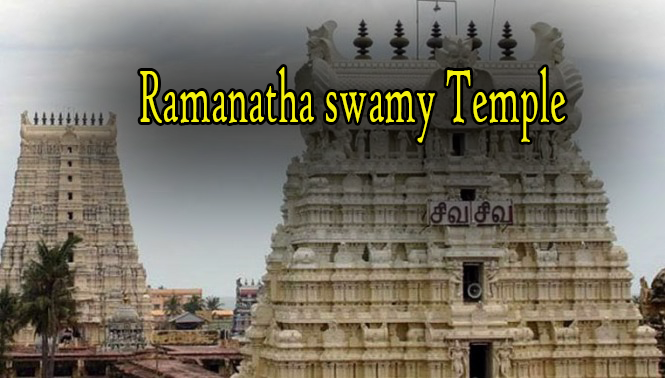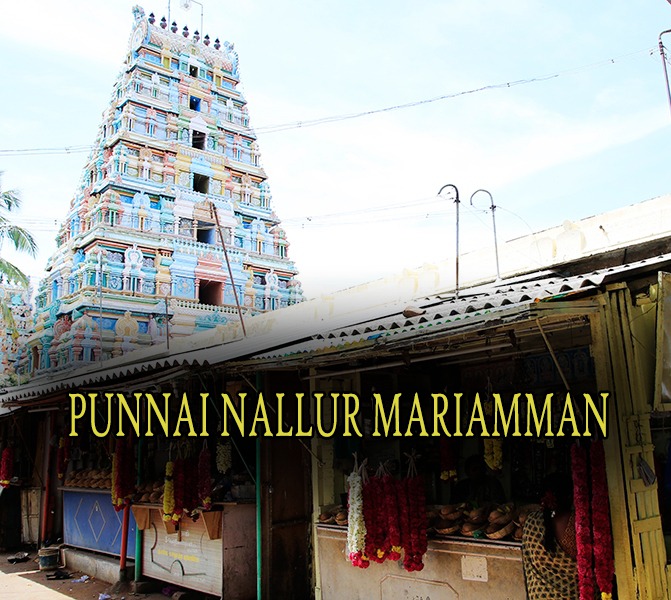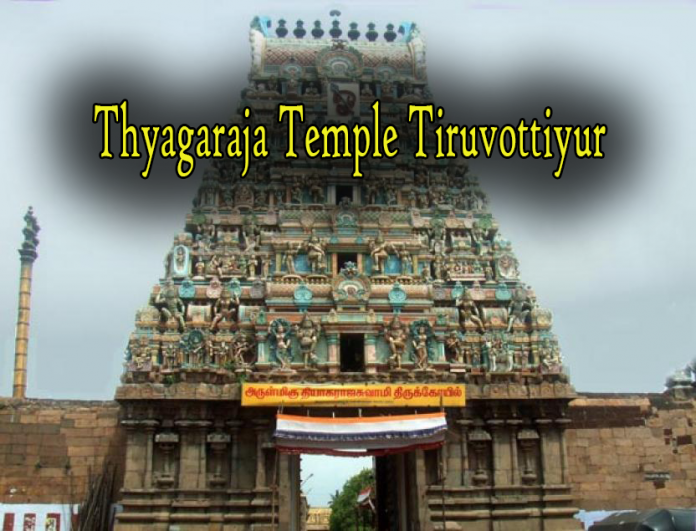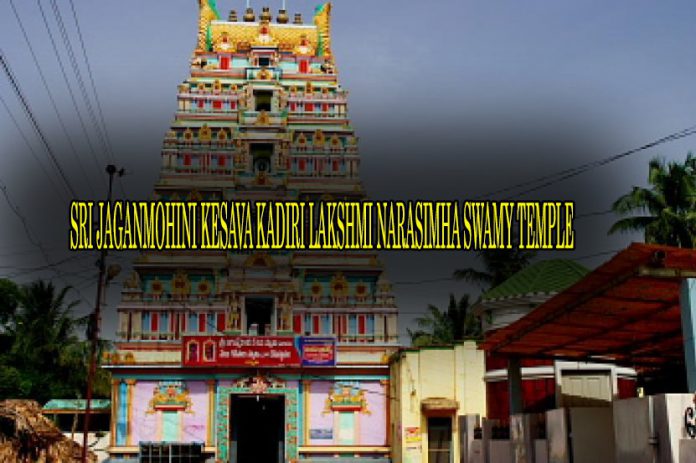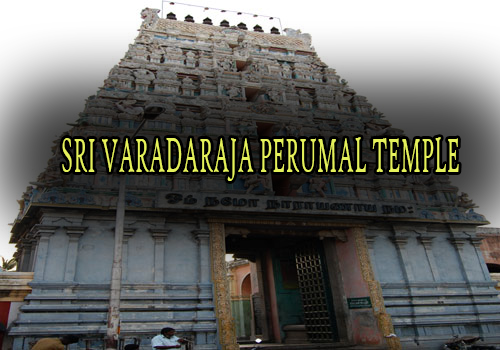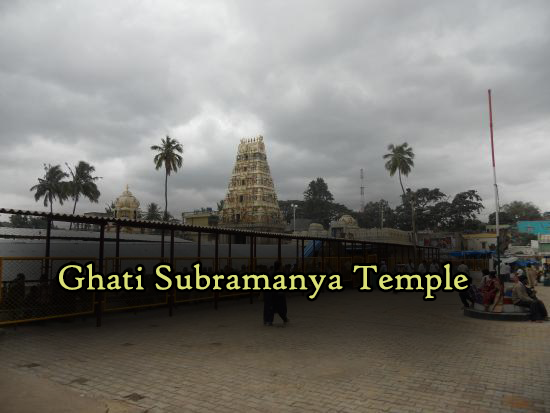WARGAL SARASWATI TEMPLE
The Wargal Saraswati Temple is one among the few temples of goddess Saraswati in Telangana. Also known as Sri Vidya Saraswati Temple, it was built by Sri Yamavaram Chandrashekhara Sharma. The temple foundation stone was laid in 1989. On 1992 Sri Vidya Nrusinha Bharati Swamy has laid the foundation to the statues of Goddess Sri Vidya Saraswathi Devi and...
Lakshmiramana Swamy Temple Mysore
The Lakshmiramana Swamy temple in Mysore is one of the oldest temples in the city. In an inscription found at the Banni Mantapa in Mysore there is a mention of a grant for God Lakshminarayana in 1499 by the Vijayanagara King Narasa Nayaka, the father of the famous Vijayanagar emperor Krishnadevaraya. There is an inscription in the temple dated...
CHAYA SOMESHWARA TEMPLE PANAGAL
Chaya Someswara Panagal Temple is located in Nalgonda district. The presiding deity Lord Siva is called by Chaya Someswar Swamy. The temple is famous for the Vertical Chaya (shadow) on the presiding deity. The shadow remains steady from Sunrise to Sunset. It is a marvellous engineering construction. The Sanctum Sanctorum is in the West and the presiding deity is...
Vedaranyeswarar temple in Thanjavur
Vedaranyam Vedaranyeswarar is a Hindu temple dedicated to Lord Shiva and is based in a small town in TamilNadu Vedaranyam and at a distance of 45 km from Nagai. This temple is referred in the Tamil canonical art work of 7th century, which is a poem written by Tamil saint.
Distance (From Thanjavur): 106 Kms
Visited From: Point Calimere
Trip Duration (Including Travel): 1 Hour
Place...
Ramanathaswamy Temple in Rameswaram
A king ruling this region then, prayed to Lord Shiva for child boon and performed a yajna. Through His voice, Lord assured the king that Ambica would be his daughter. When the king set out on hunting, he found four female children, brought up them as his own daughters. They were Shiva devotees by their very nature. When they...
PUNNAI NALLUR MARIAMMAN TEMPLE THANJAVUR
The Punnai Nallur Mariamman temple is an Hindu temple located at Thanjavur in the state of Tamil Nadu, India. The temple of goddess Mariamman is one of the famous temples around Thanjavur District.
Distance (From Thanjavur Junction Railway Station): 6.5 Kms
Visited From: Thanjavur Junction Railway Station
Trip Duration (Including Travel): 1 Hour
Place Location: Punnai Nallur Village
Transportation Options: Bus / Cab / Auto
Timings: 6 AM - 8.30...
Thyagaraja Temple Tiruvottiyur
Thyagaraja Temple ( also called as Vadivudai Amman Temple ) is a Hindu and famous temple dedicated to Hindu god Shiva. It is located in Tiruvottiyur. The temple is closely associated with the Great Saint Poet Sundarar and Saint Pattinathar.
Brahma is the Hindu god of creation and one of the three primary gods(Trimurthy) of Hinduism, the other two being...
SRI JAGANMOHINI KESAVA & GOPALA SWAMY TEMPLE RYALI
Ryali Jagan Mohini Kesava Swamy temple is located 40 Km from Rajahmundry, 74 Km from Kakinada and 34 Km from Amalapuram and it is situated between the rivers Vashista and Gautami, Tributaries of river Godavari, this is the site of the renowned Jagan Mohini Kesava Swamy temple. The exquisite idol, made of black stone depicting Maha Vishnu and Mohini...
SRI VARADARAJA PERUMAL TEMPLE
Varadaraja Perumal temple in the South Indian union territory of Puducherry, is dedicated to the Hindu god Vishnu.
Distance (From Tirunelveli Railway Station): 1 Kms
Commonly Visited From: Tirunelveli Railway Station
Trip Duration (From Tirunelveli Railway Station, Including Travel): 1 Hour
Transportation Options: Cab / Walk/Trek
Timings: 7 AM - 11 AM & 6 PM - 9 PM
At a distance of 1 km from Tirunelveli Railway Station, Sri...
Ghati Subramanya Temple
Ghati Subramanya kannada is an ancient Hindu temple, situated on the outskirts of Bangalore near Tubagere, Doddaballapura. It is 60 km from the city and is a popular pilgrimage centre.
Distance (From Bangalore City Railway Station): 58 Kms
Visited From: Bangalore City Railway Station
Trip Duration (Including Travel): 4 Hours/Half Day
Place Location: Close To Bangalore - Hindupur Road
Transportation Options: Bus / Cab
Timings: 7.30 AM - 8 PM...
